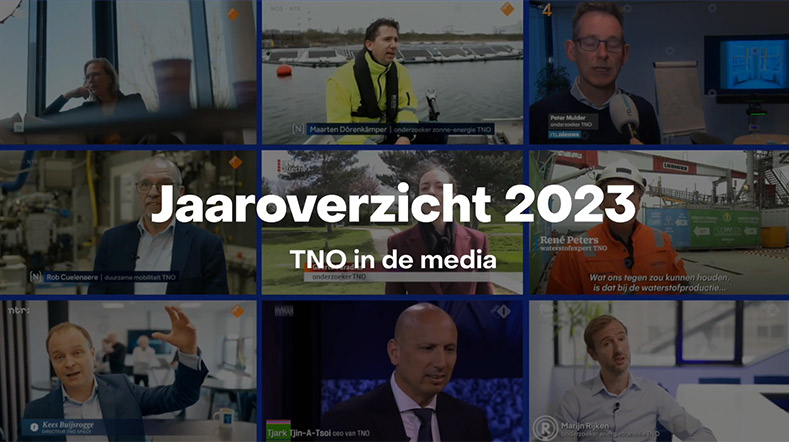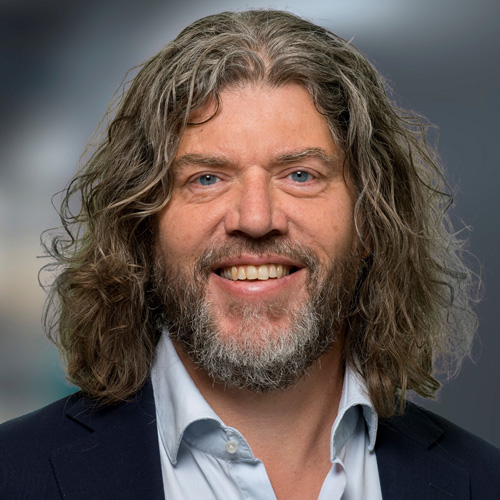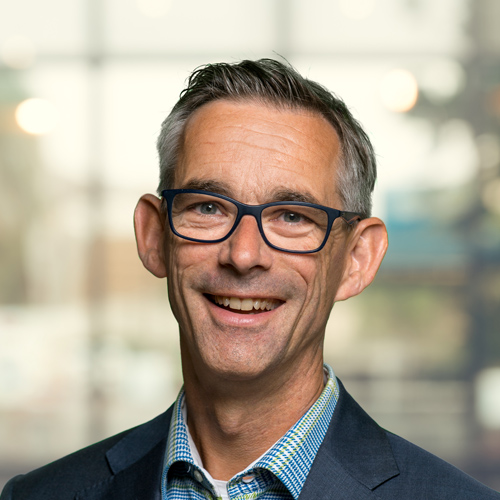Defence, safety and security
Safety cannot be taken for granted. That is why we use our knowledge and technology to create innovations for people who are committed to our peace and security. Whether it concerns defense, police, justice and security, business or others. We are the allies of military and security professionals.
Physical and digital security
Safety is about experience and reality. Physical and digital. The threat is changing and is no longer tied to national borders. That is why it is important that we provide our partners with better guidance and preparation than anywhere else in the world.
And from equipment that is always the most modern. Our field of activity moves between land, sea and air. Between cyber and space. We are pushing boundaries worldwide. With science and innovation on the front line. That is why we focus on four areas:
- Operations and human factors
- Information and sensor systems
- National safety
- Protection, munitions and weapons
Expertise groups
- Acoustics and sonar
- Chemical, biological, radiological and nuclear protection
- Electronic defence
- Energetic materials
- Explosions, ballistics and protection
- Human behaviour and organisational innovation
- Human machine teaming
- Human performance
- Intelligent autonomous systems
- Intelligent imaging
- Military operations
- Modelling, simulation and gaming
- Networked organisations
- Radar technology
- Weapon systems
Get inspired
TNO Annual Report 2023: Innovating, researching and orchestrating
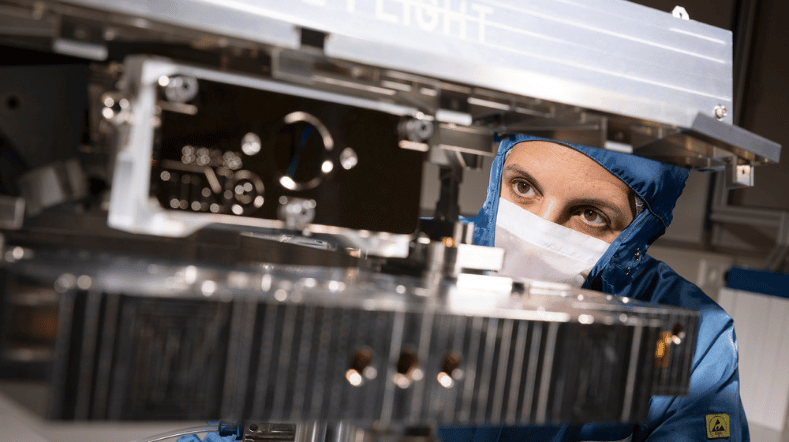

International Women’s Day 2024
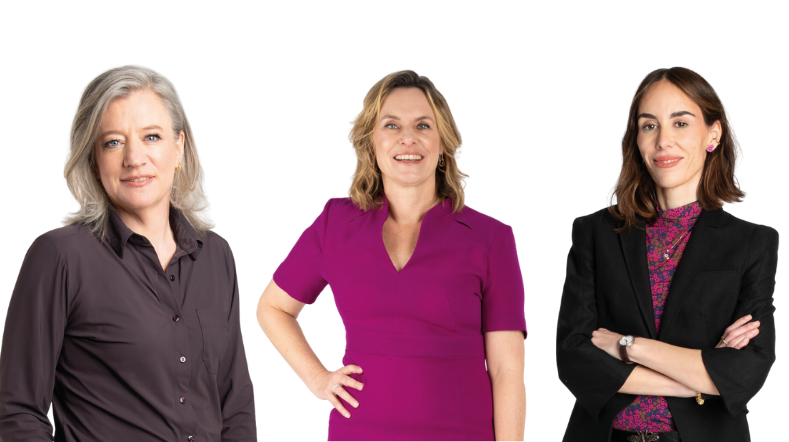

Investigation of the El-Chaab incident
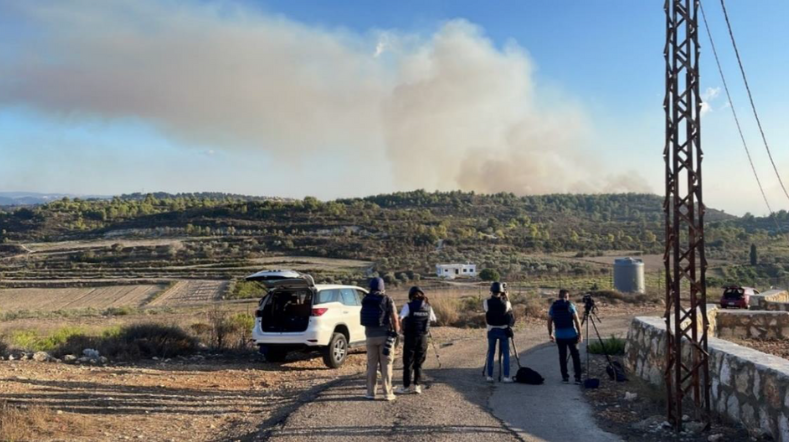

Brains4


TNO in the media 2023
